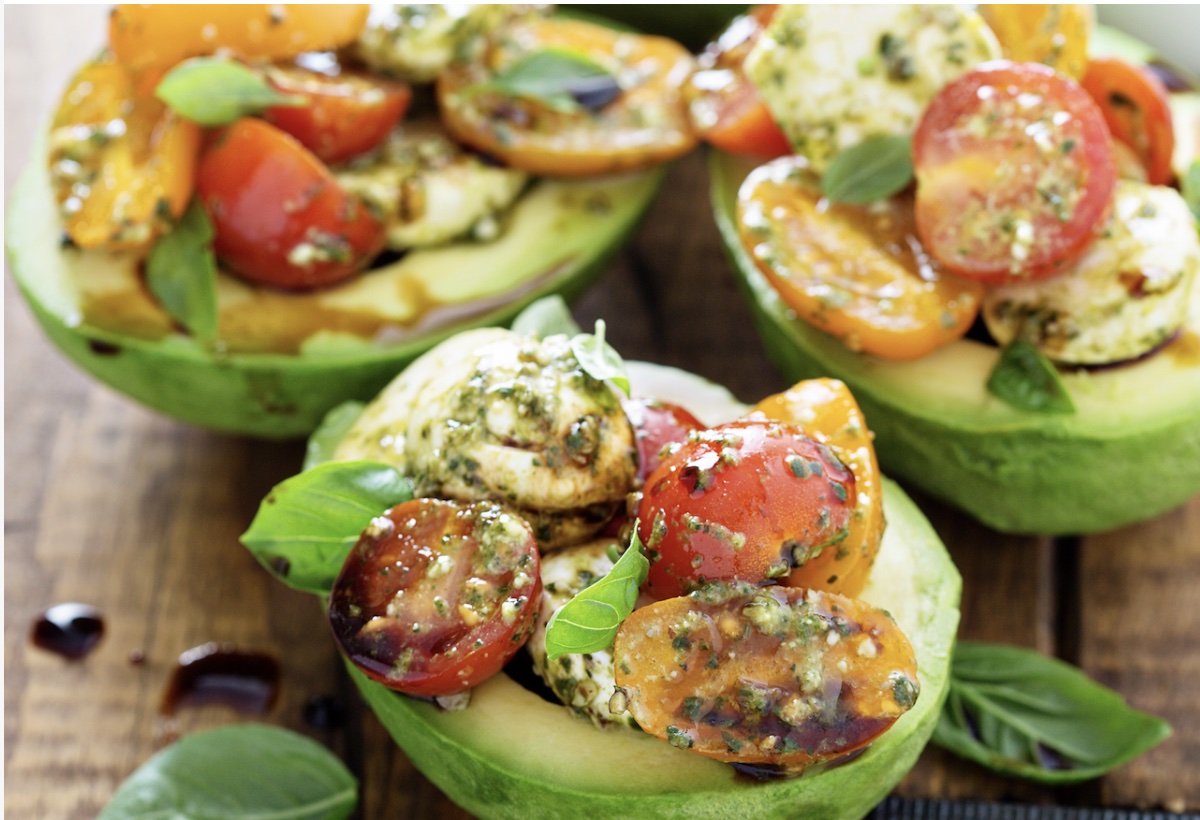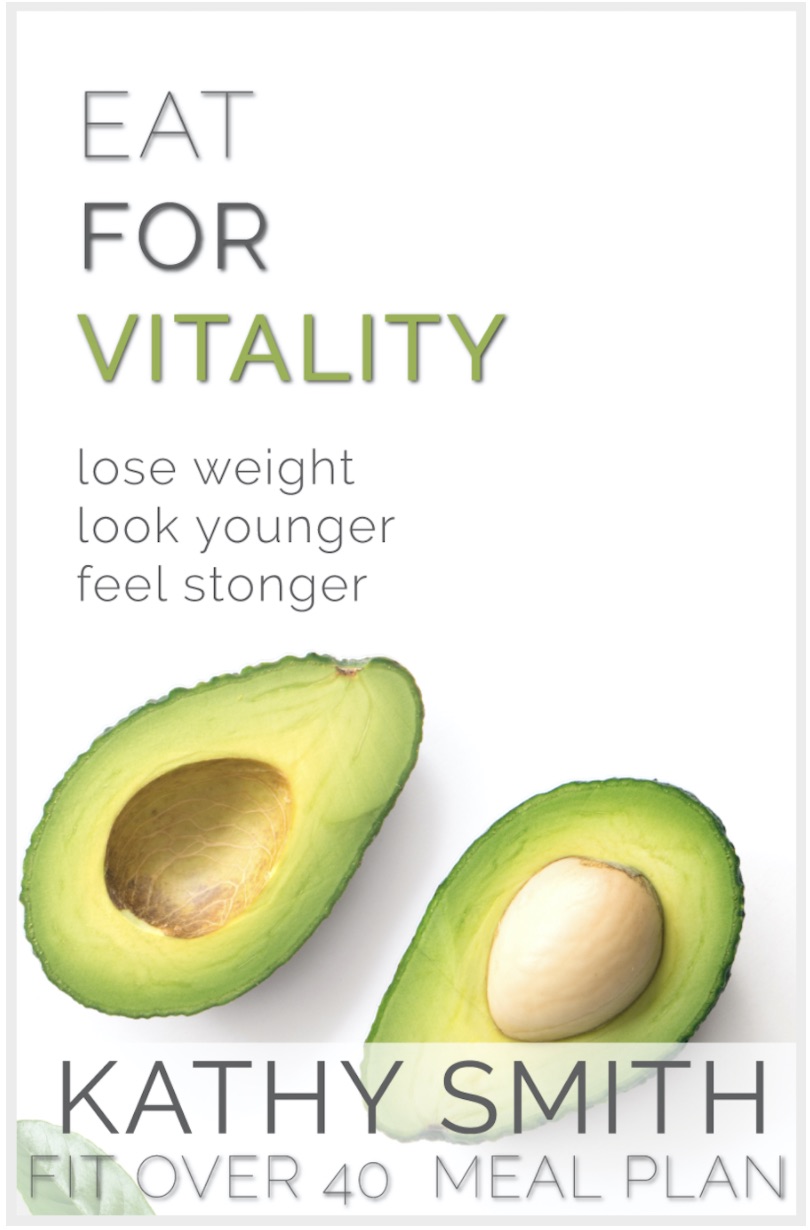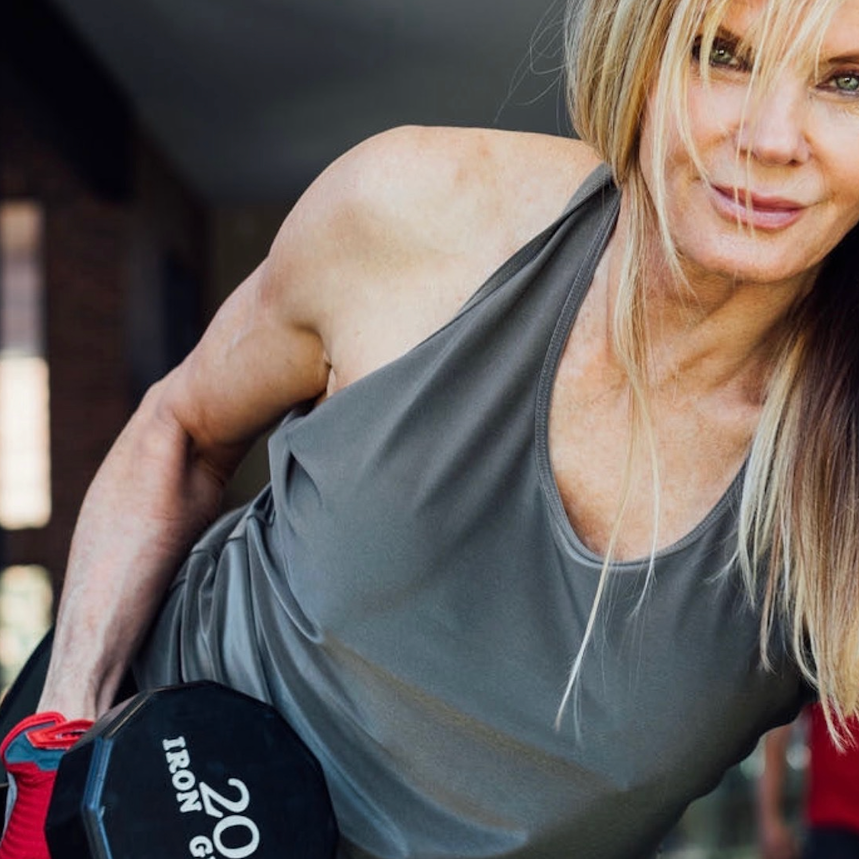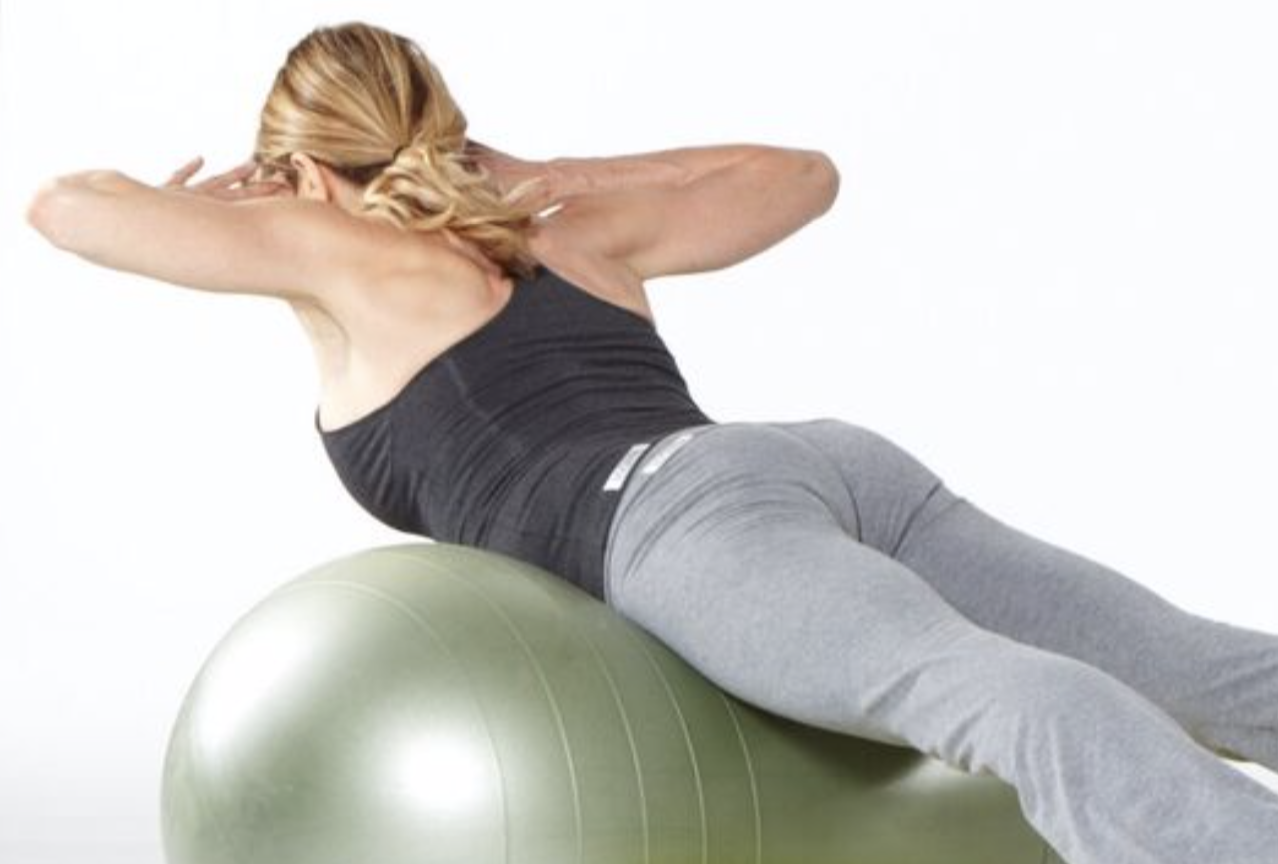
To Snack…
OR NOT TO SNACK?
Stop. Breathe. What are you feeling? Are you hungry or do you need a break from a monotonous chore, a stressful project or a way-too-long television commercial break? Hey, maybe it’s the commercial making you want a snack.
It’s time to decode and recode our snacking habits.
Snacking has long been credited with the rapidly expanding waistlines of Americans. This phenomenon first drew the concern of the medical community around the middle of the 20th century. But studies at the time also laid blame on other societal changes. New technologies had left workers sitting at desks all day; also, the advent of the two-income family created new stressors at home. Studies found these, in addition to snacking, among a variety of contributors to the problem of excessive weight gain in America.
Since then, thousands of studies on the positive and negative effects of snacking have been all over the map. But recently, and perhaps most conclusively, they have literally been all over the map. For instance, researchers noted that in Standard Chinese there was not a word for snack, because the Chinese did not snack.
When China’s economy opened in the mid-1990s, wealth and influence flooded in. The Chinese could now afford to give their kids a snack. As the habit first took hold, children were given a piece of fruit. In 1995, researchers found 1 in 20 Chinese children to be overweight.
Then ultra-processed snacks arrived in delightful packaging along with dedicated marketing. Today, 1 in 5 Chinese children are found to be overweight with no other changes to their diets except the addition of snacking on processed foods. The phenomenon, occurring all over the globe, is proving there is an impact of snacking on size, most notably if snacks are not real food but the ultra-processed foods we are more likely to eat when snacking.
These products, the fastest growing segment of the food industry, have been designed to be so tasty and crave-inducing that most of us lose sight of what our bodies are asking for.
Here are some ideas for how to decode and recode your snacking habit.
- Do you need food for the body or a break for the mind? Before you head to the kitchen stop, take a breath and give yourself a moment to assess what you need. Maybe you’re not hungry after all. Perhaps you’re bored, stressed, or tired? My upcoming podcast guest, Mark Sisson, in his new book “Two Meals a Day,” suggests that rather than snacking, do something “that delivers similar benefits, such as a micro workout, a sequence of flexibility and mobility exercises, a stroll around the block in the sunshine, or even a short nap. A movement break of any kind will improve blood circulation and oxygen delivery to the brain and body… and can give you the energy boost you are looking for.”
- If you are hungry between meals think about why. Perhaps you are trying to eat “light” for health or weight reasons, then you derail your resolve by being too hungry to get to the next meal. Or your “healthy” meal may be so low in fats, carbs or fiber that it is not satisfying enough to sustain you for a long enough period of time. You may need to adjust your meals to keep you sated longer.
- If you always need something at 4 p.m., be prepared. In Mark’s blog, “Mark’s Daily Apple,” he has an extensive list of nutritious, satisfying snack ideas worthy of printing and hanging on your refrigerator. But first, he warns, toss out all the processed and sugary foods that will trip you up when you open the pantry door. Yes, even the darling, 100- calorie mini bags you are likely to eat several of before the end of the day. If you are not the person in control of the snack zone, be prepared with items from Mark’s Primal Blueprint Snack List. It won’t be long before a tangerine or an item from Mark’s list will seem as delicious as anything in the snack aisle.
- How do you feel after a snack? Are you pleased? Satisfied? Or angry that you are craving more? It’s not your wonky willpower. Highly processed foods are designed to leave you craving more. Or maybe what you are eating is triggering a hormonal response rather than a feeling of satiety. If you are not feeling satisfied or you have not
relished the food you have treated yourself to, decide now to try something different tomorrow.
- Is snacking accidentally replacing a beautifully prepared, healthful meal? How many trips back to the pantry or how many Oreos did it take to make that happen? Whether or not it was Oreos, it does happen. We get busy or we don’t feel like cooking, then all the sudden we’ve snacked through mealtime. Make all your snack foods real food. If you don’t recognize the food source of what you are about to eat as something that was grown (plant-based) or raised (animal-based) ditch it. And that means you, protein bar.
- Do you know how much you eat when you snack? It is easy to lose track if you are distracted. Don’t eat in front of a screen. Try not to eat on the move. Be mindful of your food, even if it’s “just a snack.” Stop and enjoy every last bite.
Snacking has long been a part of American culture and the rest of the world has followed suit, mostly to their detriment. Many studies have shown it doesn’t have to be that way. If you are hungry, by all means, EAT! But by being thoughtful and mindful, you can reap benefits from the treat you are giving yourself.





